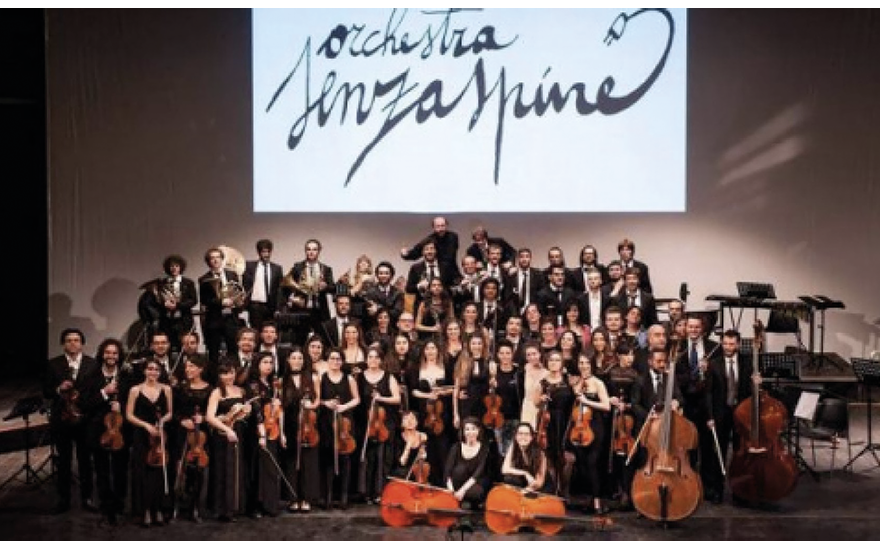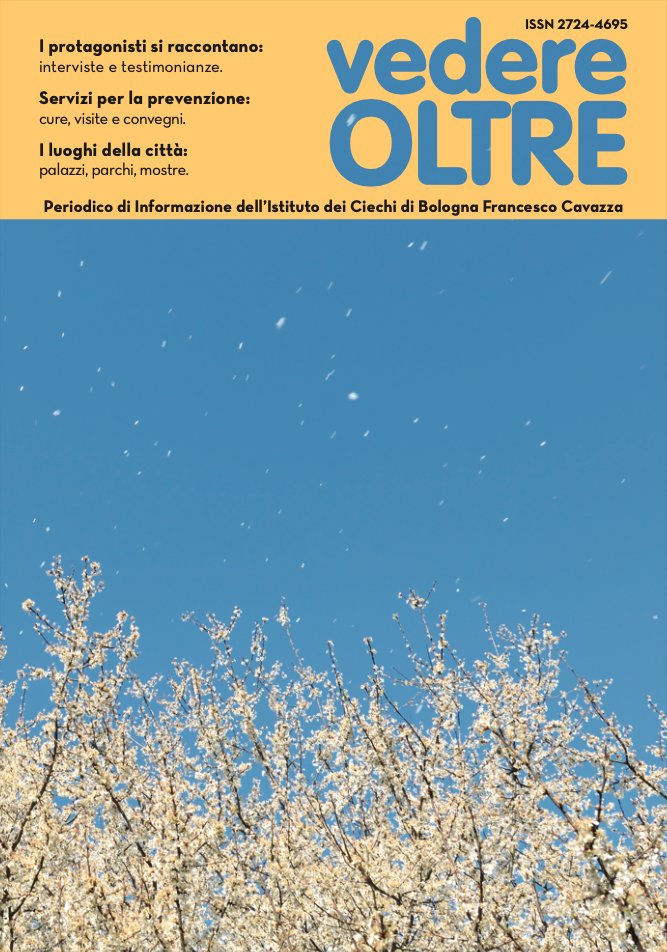In this series of articles, I share Bolognese stories, testimonies of a city that has always associated culture with the dimension of care and inclusion. Tales of people who contribute to making Bologna a city where the word “social” means overcoming any form of identity, particularity, localism. “Social” as interaction, exchange, transversality, denial of specificity. If there is something specific, condensed, structurally bound, then it is every action, event, phenomenon, propensity, etc. that de-specifies, deconstructs, opens boundaries. I think this is the best introduction to talk about the Orchestra Senzaspine, which has been active for nine years from the Sonato Market at the San Donato Bridge, a former district market that has become a proficient repository of care for a city and its inhabitants and not just a place where classical music is played. Music school, arts workshops, musical theatre. I remember listening to them for the first time in the summer of 2013 in Verdi Square, a controversial but important place for our city’s culture. I still remember the surprise of the audience listening to Beethoven’s Fifth performed by really young people.

I did not know them yet, but their message was immediately clear to me: bringing the younger generation to listen to and understand classical music. The same art music placed at the opposite end of the social dimension we mentioned. The thorns they want to get rid of are the spines that make people wary of classical music, and that alienate transversal and youthful audiences. Tommaso Ussardi who was interviewed said: “I envision the community of Senzaspine to widen, increasingly intersecting more stories and more diverse communities, all under the banner of the beauty of art and the need to give back to more people.” Born in 1984, Tomasso is the orchestra’s president, conductor, composer, artistic director and cultural worker. Versatility led him to envision the Orchestra in 2013. Matteo Parmeggiani (1988) is the orchestra’s vice-president and director. He sees the need to consolidate the professional dimension of the orchestra and to imagine a future where its musicians play in the greatest theatres with equally important artists and that future musicians will be trained by the Senzaspine masters, with that special sensitivity that sets them apart. In the past two years, their project has opened up in sharing our goals: they invited our Institute and the Gualandi Foundation to participate in workshops to the production of opera performances. First for Mozart’s “Don Giovanni,” now for Verdi’s “Rigoletto.” These are outreach workshops for everyone involved and for the public to share multi/polysensory approaches.





.png)